Iran and India signed an agreement worth $2 billion for cooperation in the rail sector.
The agreement was inked in New Delhi on Friday in the presence of Iran's Minister of Roads and Urban Development Abbas Akhoundi and his Indian counterpart Nitin Gadkari.
A part of the agreement pertains to a memorandum of understanding worth $600 million for Iran to purchase locomotives and freight cars from India.
Akhoundi was quoted as saying by the news portal of his ministry that India has expressed readiness to finance the purchases.
The MoU was signed between the Islamic Republic of Iran Railways deputy for transportation planning and economics, Nourollah Beiranvand, and Rajeev Mehrotra, chairman and managing director of RITES Ltd Co.—a government of India enterprise specialized in the field of transport infrastructure.
“This project will come on stream within three years and part of the locomotives will be manufactured in Iran. We are willing and trying to turn the MoU into a contract,” Akhoundi said.
“Our cooperation with India means we will be provided with the latest global advancements in rail technology and industry.”
Mehrotra said the new locomotives will help transport passengers and freight in Iran.
“They will also be used in Chabahar-Zahedan railroad to accelerate growth in Chabahar Port in line with India’s goal to connect to Central Asia and ultimately Europe through this Iranian port,” he said.
The first phase of the strategic Iranian port, which India helped develop, was inaugurated by Iran's President Hassan Rouhani on Dec. 3. The opening of the first phase of Shahid Beheshti Port (out of five phases defined for the project) has tripled its capacity to 8.5 million tons (equal to that of all the northern ports of the country). It will allow the docking of super-large container ships (between 100,000 DWT and 120,000 DWT) and increase India’s connectivity with Afghanistan.
Chabahar is Iran’s only oceanic port city and consists of two separate ports: Shahid Kalantari and Shahid Beheshti.
> Development of Chabahar-Zahedan Railroad
Two other projects embedded in the $2 billion deal include the development of Chabahar-Zahedan Railroad worth $1 billion and rail supply for Iranian projects.
India has agreed to build a 500-km railroad from Chabahar to Zahedan, the capital of Sistan-Baluchestan Province, close to the Afghan border. India’s state-owned IRCON has agreed to build a rail route at a cost of $1.6 billion as part of the transit corridor to Afghanistan.
After connecting Chabahar to Zahedan, the railroad will be linked to Zaranj in Afghanistan. When the Afghan cargo arrives in Zahedan, it can be transported by a 1,380-km railroad to Chabahar and then shipped to India.
India sent its first consignment of wheat for Afghanistan through Chabahar Port in late October.
“The shipment of wheat is a landmark moment, as it will pave the way for operationalization of Chabahar Port as an alternate, reliable and robust connectivity for Afghanistan,” read a statement by India’s External Affairs Ministry.
Six more wheat shipments are scheduled to be sent via the same route in the near future.
Tehran, New Delhi and Kabul signed a trilateral agreement to develop Chabahar in Tehran in May 2016 when Indian Prime Minister Narendra Modi and Afghan President Ashraf Ghani paid a state visit to Iran.
The deal stipulates the development and operation of two terminals and three berths at the port with cargo handling capacities for 10 years.
Based on the agreement, Iran is to provide land in Chabahar Special Economic Zone to Indian companies for setting up petrochemical, fertilizer and other gas-based industries.
In a meeting between Deputy Roads and Urban Development Minister Kheirollah Khademi and Indian Ambassador to Iran Saurabh Kumar last week, the latter announced that track-laying of 100 kilometers of Chabahar-Zahedan Railroad will be completed by March 20.
Noting that $300 million have been invested from domestic resources in the project, the official said India’s financing is important in view of the limited domestic resources.
As for rail supply, Akhoundi said part of it will be directly purchased from India while another major part will be produced in Esfahan Steel Company using Indian steel ingots.
"Domestic rail production, although less costly compared to importing foreign products, is still struggling to get off the ground," deputy head of Construction and Development of Transportation Infrastructures Company, Jabar Ali Zakeri, said.
“We believe in Esfahan Steel Company’s rail production capabilities and know that it’ll be cost and time-efficient. But [ESCO] has yet to reach minimum production capacity,” he was quoted as saying in December.
Based on its deal with the Islamic Republic of Iran Railways, ESCO has agreed to provide the company with 40,000 tons of rails by the end of the current Iranian year (March 20).
Zakeri noted that CDTIC also recently reached an agreement with ESCO for the purchase of 25,000 tons of UIC60 rail made using Indian and Russian steel materials.
In November 2016, ESCO launched a 400,000-ton per year rolling mill with the participation of the German Kuttner Company to produce rail and wide-flange beams, but it has not sold any to the national railroad company yet and only some trial products have been produced up to now, S&P Global Platts reported.
> Rail Fleet Renewal, Expansion
With the aim of reducing road traffic and battling air pollution, the Ministry of Roads and Urban Development has placed the development of Iran's rail sector on top of its agenda.
Besides expanding Iran's rail network and increasing connectivity both inside and outside the country, the ministry has moved to renew the country's aging rail fleet.
French company Alstom signed a trilateral "shareholders agreement" with the Industrial Development and Renovation Organization of Iran and Iranian Rail Industries Development Company in July to manufacture 1,000 subway wagons at IRICO's facilities within three years.
Later in December, South Korean rolling stock manufacturer Hyundai Rotem signed a contract worth €720 million with the Islamic Republic of Iran Railways to produce 450 suburban wagons in Iran.
And a few days later, Russia signed a €3 billion finance deal with Iran for the joint manufacture of 20,000 freight cars, 1,000 passenger cars, 350 locomotives and rail transportation equipment.
Iran has another agreement worth €2.5 billion with Russia’s CJSC Transmashholding for the joint production of rolling stock in Iran. Based on this contract signed in late July, a joint venture is to be formed between IDRO and the Russian company, with the Russian side holding an 80% stake and the Iranian side 20%.
Transmashholding CEO Kirill V. Lipa told Financial Tribune after the signing of the contract that the capacity of the joint venture will depend on the depth of localization.
“For assembling, we’re thinking about 300-400 units per year,” he said.
China has also played a major role in developing Iran's rail sector, as Iran lies in the heart of the so-called New Silk Road–a 3,200-kilometer railroad project that ultimately sees Urumqi, the capital of China's western Xinjiang Province linked to the Iranian capital Tehran, connecting Kazakhstan, Kyrgyzstan, Uzbekistan and Turkmenistan along the way.
China signed a contract with Iran in July to finance the electrification of a 926-km railroad from Tehran to the eastern city of Mashhad in Khorasan Razavi Province with a $1.5 billion loan.




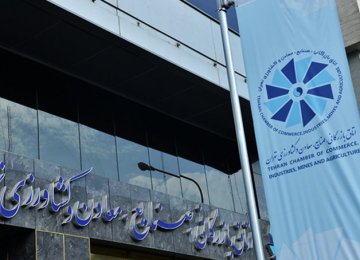
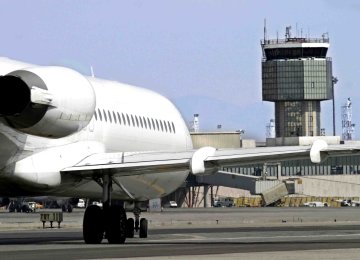
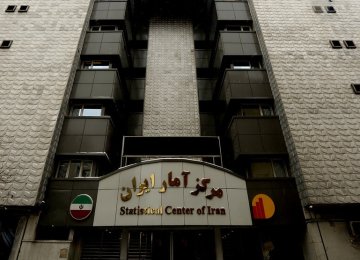
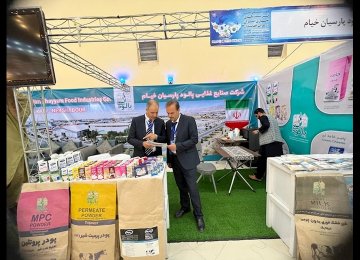


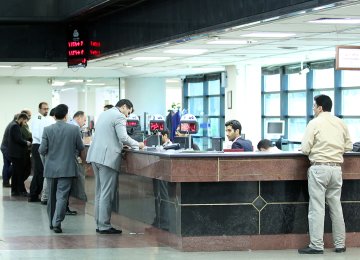


Add new comment
Read our comment policy before posting your viewpoints